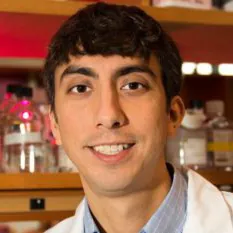Tumor Microenvironment
What is Tumor Microenvironment?
The tumor microenvironment encompasses the complex cellular ecosystem surrounding a tumor that plays a critical role in supporting or restraining cancer progression. Understanding tumor-microenvironment interactions has emerged as a therapeutic frontier for developing more effective cancer treatments.
Key components of the tumor microenvironment include stromal cells, immune cells, vasculature, extracellular matrix, and secreted factors like cytokines and growth factors. This dynamic niche engages in reciprocal signaling with cancer cells, profoundly influencing tumor initiation, growth, metastasis, and therapeutic responsiveness.
NFCR IMPACTS IN TUMOR MICROENVIRONMENT RESEARCH
- NFCR continues driving innovation in these realms through current funding of preclinical models and correlative translational investigations of novel microenvironment-directed therapies.
- NFCR has funded investigation of microenvironment-mediated treatment resistance pathways as targets for sensitizing tumors to immunotherapy.
- NFCR promotes collaborations between engineers and cancer researchers to advance innovative parceled drug delivery systems targeting the tumor microenvironment.
NFCR-Supported Researchers Working on Tumor Microenvironment
Rakesh K. Jain, Ph.D.
Massachusetts General Hospital
Kornelia Polyak, M.D., Ph.D
Dana-Farber Cancer Institute and Harvard Medical School
Valerie M. Weaver, Ph.D
University of California San Francisco
Aaron N. Hata, M.D., Ph.D.
Harvard Medical School and
Massachusetts General Hospital
Lisa Coussens, Ph.D.
Oregon Health & Science University
Elana Fertig, Ph.D
Johns Hopkins University
Sidney Kimmel Comprehensive Cancer Center
Daniel D. Von Hoff, M.D., FACP
Translational Genomics Research Institute (TGen)
A world without cancer is possible. Help us turn lab breakthroughs into life-saving realities.

5.7 Million+
Donors who have fueled NFCR’s mission

$420 Million+
Invested in high-impact research & programs

36+ Labs & Hundreds of
Nobel Laureates & Key Scientists received NFCR funding, driving breakthrough research


















